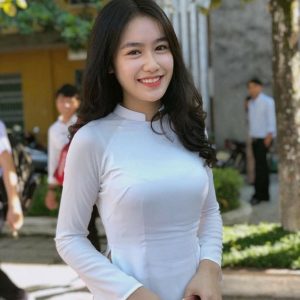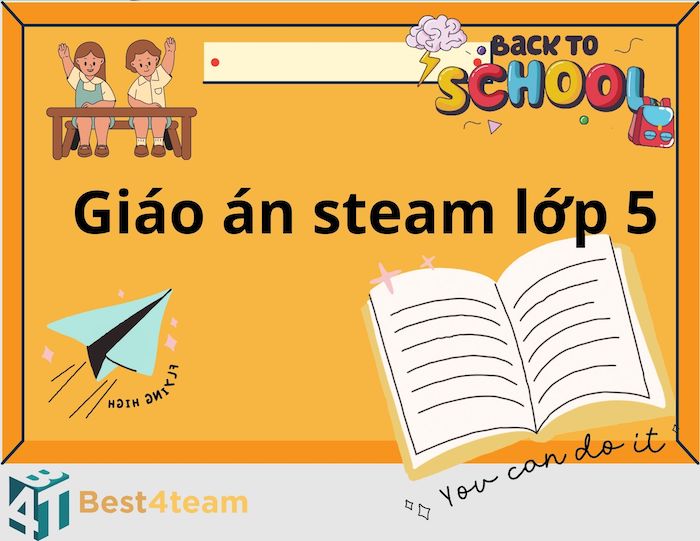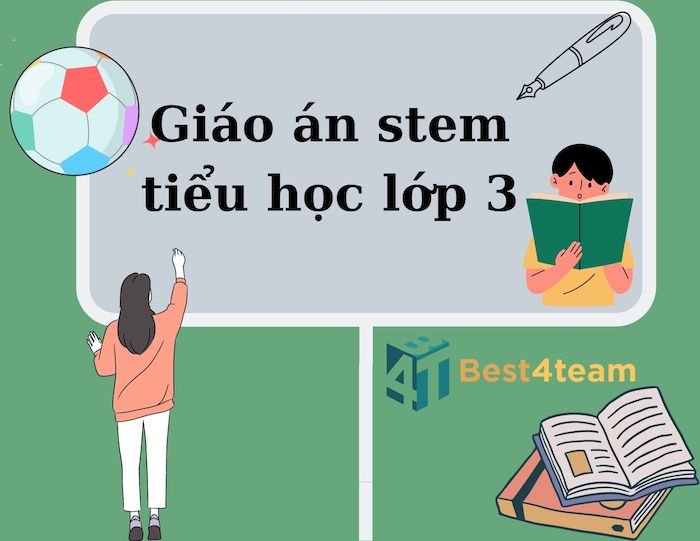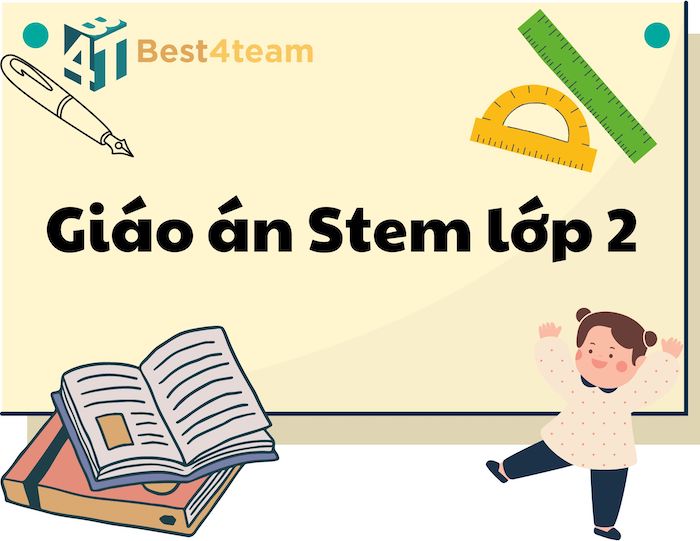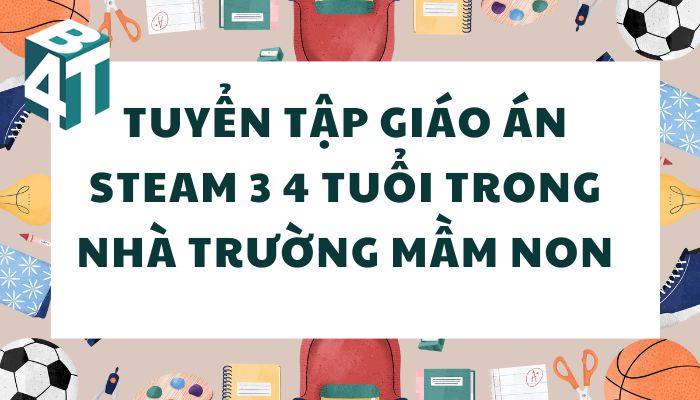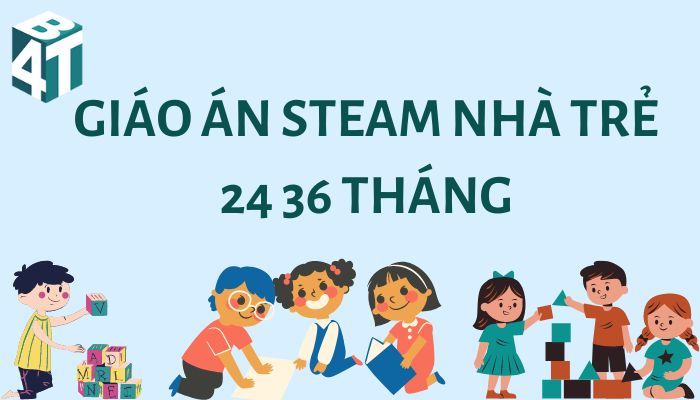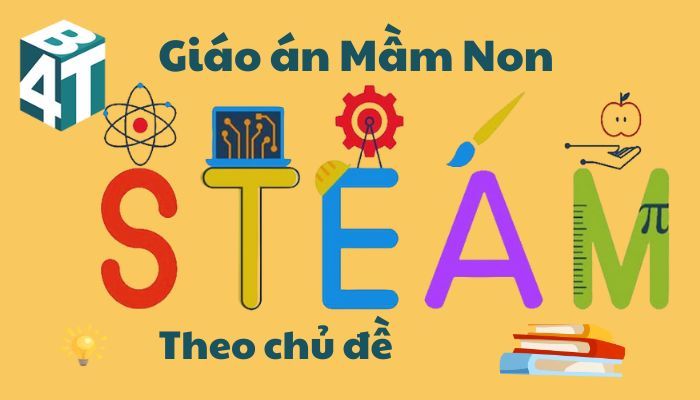Best4Team hân hạnh giới thiệu đến các bạn giáo án Tiếng Anh lớp 4 sách Global Success – theo một trong những bộ sách mới được Bộ Giáo dục và Đào tạo đặc biệt khuyến khích sử dụng trong giảng dạy cho học sinh tiểu học. Bộ sách đã được cập nhật theo chương trình mới, đem đến cho học sinh những kiến thức thú vị và phù hợp với xu hướng giáo dục hiện đại.
1. Giáo án Tiếng Anh lớp 4 bản word sách Global Success
Mẫu giáo án Tiếng Anh lớp 4 bản word bài 13
Unit 13: Appearance
Thông tin file giáo án word
- Nội dung giáo án được viết chi tiết, rõ ràng và mạch lạc theo cấu trúc CV 2345 Word.
- Bộ giáo án bao gồm 20 units + 4 Review trong SGK Tiếng Anh lớp 4 Global Success năm học 2023 – 2024
- Tất cả các bài giảng trong môn học đều được soạn theo mẫu giáo án ở trên.
- Tài liệu giáo án có thể tải về dưới định dạng Word, cho phép dễ dàng chỉnh sửa và tùy biến theo ý muốn.
- Nội dung giáo án được biên soạn cẩn thận và cụ thể, đảm bảo sự logic và sự liên kết giữa các phần.
- Sử dụng font chữ Times New Roman, một font chữ phổ biến và dễ đọc, để đảm bảo tính đồng nhất và thuận tiện cho người đọc.
2. Phí giáo án word môn Tiếng Anh
- Phí giáo án trọn bộ cả năm: 300k
Đặt mua ngay tại đây:
3. Cách thức đặt mua giáo án Tiếng Anh lớp 4 sách Global Success
Giáo Án Word: 300k
Để mua giáo án, bạn có thể làm theo các bước sau:
Bước 1: Chuyển phí vào:
- Số tài khoản: 1026173248
- Tên chủ tài khoản: Lê Thị Thuỳ Linh
- Ngân hàng Vietcombank
Bước 2: Gửi tin nhắn thông báo đặt trước qua Zalo: 091 552 1220
4. Nội dung chi tiết giáo án Word Tiếng Anh sách Global
| School: | ____________________ |
| Grade: | ____________________ |
| Teacher:
Date of teaching: |
____________________
____________________ |
UNIT 13: APPEARANCE
Lesson 1 – Period 1
| I. OBJECTIVES
By the end of the lesson, pupils will be able to: |
|
| Language knowledge & skills |
|
| Competences | – Communication and collaboration: work in pairs and groups to complete the learning tasks
– Self-control & independent learning: perform listening tasks. |
| Attributes | – Show pride in how we look and show great respect for other people’s appearance by using appropriate gesture and intonation when asking and answering about appearance. |
| II. RESOURCES AND MATERIALS | |
| – Student’s book 2: Page 18
– Audio tracks 22,23 – Teacher’s guide: Pages 167, 168 – Website hoclieu.vn – Flash cards/ pictures and posters (Unit 13) – Computer, projector, … |
|
| III. PROCEDURE | Warm-up and review – Look, listen and repeat – Listen, point and say – Let’s talk – Fun corner and wrap-up |
| Procedure | Teacher’s and pupils’ activities | Interaction | Note | ||
| Warm-up and review: 5 minutes | |||||
| Greet the class.
Option 1: – Encourage pupils to respond to the greeting and greet each other in pairs. – Spend a few minutes revising Unit 12 by asking the class to do the project in Lesson 3 or sing the song in Lesson 1. – Ask pupils to open their books at page 18 and look at Unit 13, Lesson 1, Activity 1. Tell pupils what they will learn in this lesson. Option 2: – Ask pupils to name the family member words they know. Encourage them to say as many words as possible. Correct the pronunciation if needed.– Show a family tree and have students complete the family tree with correct words.– Check with class. |
Whole class/ Individual work | ||||
| EXPLORATION
Activity 1. Look, listen and repeat. 5 minutes |
|||||
| a. Goal | To understand and correctly repeat the sentences in two communicative contexts focusing on asking and answering questions about someone’s appearance. | ||||
| b. Input | – Context a: Nam: Do you have a brother, Lucy? Lucy: Yes, I do.
– Context b: Nam: What does he look like? Lucy: He’s tall. |
||||
| c. Outcome | Pupils can understand and correctly repeat the sentences in two communicative contextsfocusing on asking and answering questions about someone’s appearance. | ||||
| d. Procedure | Step 1: Ask pupils to look at Pictures a and b and identify the characters and other details (e.g. Who are they? Where are they? Is the boy tall or short?).
Step 2: Ask pupils to look at Picture a. Play the recording for them to listen to the whole conversation several times. Step 3: Play the recording again, sentence by sentence, for pupils to listen and repeat individually and in chorus. Correct their pronunciation where necessary. Repeat the same procedure with Picture b. Step 4: Invite a few pairs to the front of the class to listen to and repeat the sentences in the recording. Check their pronunciation, give corrections and feedback where necessary. Step 5: Draw pupils’ attention to the question What does he look like? and the answer He’s tall. Tell pupils that they are used to ask and answer about someone’s appearance |
Whole class
Group work Whole class Pair work |
|||
| e. Assessment | – Performance products: Student’s answers
– Assessment tools: Observation; Questions & Answers |
||||
| KNOWLEDGE CONSTRUCTION
Activity 2. Listen, point and say. 10 minutes |
|||||
| a. Goal | To correctly say the words and use What does he / she look like? – He’s / She’s _____. to ask and answer questions about someone’s appearance. | ||||
| b. Input | – Picture cues: a. a tall girl b. a short man c. a slim woman d. a big boy
– Speech bubbles: What does he / she look like? – He’s / She’s _____. Audio script: a. tall b. short c. slim d. big a. A: What does she look like? B: She’s tall. b. A: What does he look like? B: He’s short. c. A: What does she look like? B: She’s slim. d. A: What does he look like? B: He’s big. |
||||
| c. Outcome | Pupils can correctly say the words and use What does he / she look like? and He’s / She’s _____. to ask and answer questions about someone’s appearance. | ||||
| d. Procedure | Step 1: Have pupils point at Picture a, listen to the recording and repeat the word tall. Repeat the same procedure with Pictures b, c and d. Have the class repeat the words a few times.
Step 2: Point at the question pattern What does he / she look like? Read it aloud and have pupils repeat it several times. Repeat the same procedure with the answer pattern He’s / She’s _____. Step 3: Point at Picture a and have pupils listen to and repeat after the recording What does he look like? – He’s tall. Repeat the same procedure with Pictures b, c and d. Step 4: Divide the class into two groups to take turns repeating the question and the answer using Picture a until they feel confident. Repeat the same procedure with Pictures b, c and d. Step 5: Put pupils in pairs and have pairs practise asking and answering questions What does he / she look like? – He’s / She’s _____. Invite a few pairs to point at the pictures and say the questions and answers in front of the class. Give corrections and feedback where necessary. |
Whole class/ Individual work
Individual work Whole class/ Individual work Pair work Whole class/ Pair work |
|||
| e. Assessment | – Performance products: Student’s talks and interaction
– Assessment tools: Observation; Answer keys |
||||
| PRACTICE
Activity 3. Let’s talk. 8 minutes |
|||||
| a. Goal | To enhance the correct use of What does he / she look like? – He’s / She’s _____. to ask and answer questions about someone’s appearance in a freer context. | ||||
| b. Input | – Picture cue: a family of four people with different appearances.
– Speech bubbles: What does he / she look like? – _____. |
||||
| c. Outcome | Pupils can enhance the correct use of What does he / she look like? and He’s / She’s _____. to ask and answer questions about someone’s appearance in a freer context. | ||||
| d. Procedure | Step 1: Draw pupils’ attention to the picture. Ask questions to help them identify the characters in the picture.
Step 2: Draw pupils’ attention to the two speech bubbles. Read the questions aloud and ask pupils to repeat them. Ask pupils to look at the second bubble and identify what the answers should be. Give an example answer, e.g. He’s tall. Get pupils to repeat the questions and answers several times. Step 3: Have some pairs practise asking and answering questions about the appearance of the family members in the picture. Go around the classroom to observe and provide help. Step 4: Invite some pairs to practise asking and answering the questions in front of the class. Give corrections and feedback where necessary. |
Whole class/ Individual work
Whole class/ Individual work Pair work Pair work |
|||
| e. Assessment | – Performance products: Student’s interaction and performance
– Assessment tools: Observation; Questions & Answers |
||||
| Fun corner and wrap-up: 5 minutes | |||||
| Option 1: play the lucky number game ( ppt)
– Divide the class into 2-4 teams. – Pupils from each team choose a number, then ask and answer with the picture in that number. If the pupils answer correctly, they get the points for that question. – After 10 numbers, the team with the most points is the winner. Option 2: play the “Spinner Game” (template attached below) – Pupils take turns to put a pen/pencil in the middle of the spinner plate, then spin the pen/pencil to find out the picture the pen/pencil points to. Then ask and answer with the picture. Option 3: – Ask students to answer the following questions: 1. What have you learnt from the lesson today? (Use the words and phrases big, short, slim, tall in relation to the topic “Appearance”) 2. What are the core values of the lesson? (Show pride in how we look and show great respect for other people’s appearance by using appropriate gestures and intonation when asking and answering about appearance. * Preparation for the project Ask pupils to prepare for the project on page 23 by doing a survey about the appearance of their family members as homework so that they can present the results at Project time. |
Whole class/Team
Pair work Individual work |
||||
Trên đây Best4team đã chia sẻ giáo án Tiếng Anh lớp 4 sách Global Success cả năm giúp các giáo viên chuẩn bị đầy đủ giáo án đầy đủ gồm 20 units + 4 Review hiệu quả. Hy vọng những tài liệu mà chúng tôi cung cấp sẽ là nguồn tài nguyên hữu ích và giúp ích cho quý giáo viên trong quá trình soạn giáo án của mình.
Các tìm kiếm liên quan: giáo án Tiếng Anh lớp 4 Sách Global Success, giáo án Tiếng Anh 4 Sách Global Success, giáo án Tiếng Anh lớp 4 2023 – 2024, GA môn Tiếng Anh Sách Global Success, giáo án Tiếng Anh 4 theo công văn 2345.



